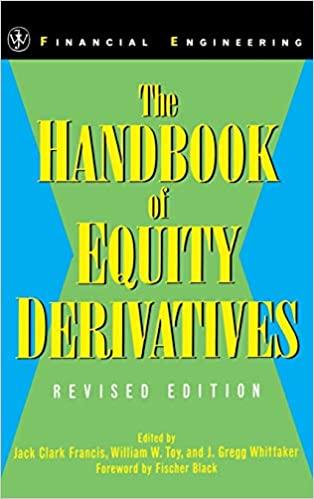Question
Dorothy Koehl recently leased space in the Southside Mall and opened a new business, Koehl's Doll Shop. Business has been good, but Koehl frequently runs
Dorothy Koehl recently leased space in the Southside Mall and opened a new business, Koehl's Doll Shop. Business has been good, but Koehl frequently runs out of cash. This has necessitated late payment on certain orders, which is beginning to cause a problem with suppliers. Koehl plans to borrow from the bank to have cash ready as needed, but first she needs a forecast of just how much she must borrow. Accordingly, she has asked you to prepare a cash budget for the critical period around Christmas, when needs will be especially high.
Sales are made on a cash basis only. Koehl's purchases must be paid for during the following month. Koehl pays herself a salary of $4,800 per month, and the rent is $1,600 per month. In addition, she must make a tax payment of $10,000 in December. The current cash on hand (on December 1) is $800, but Koehl has agreed to maintain an average bank balance of $6,000 - this is her target cash balance. (Disregard the amount in the cash register, which is insignificant because Koehl keeps only a small amount on hand in order to lessen the chances of robbery.)
The estimated sales and purchases for December, January, and February are shown below. Purchases during November amounted to $130,000.
| Sales | Purchases | |||
| December | $130,000 | $50,000 | ||
| January | 50,000 | 50,000 | ||
| February | 56,000 | 50,000 | ||
The data has been collected in the Microsoft Excel Online file below. Open the spreadsheet and perform the required analysis to answer the question below.
Open spreadsheet
-
Prepare a cash budget for December, January, and February. Use a minus sign to enter negative values for net cash flows, cumulative NCF values, and loans needed, if any. If the answer is zero, enter "0". Do not round intermediate calculations. Round your answers to the nearest dollar.
Collections and Purchases: December January February Sales $ fill in the blank 2 $ fill in the blank 3 $ fill in the blank 4 Purchases $ fill in the blank 5 $ fill in the blank 6 $ fill in the blank 7 Payments for purchases $ fill in the blank 8 $ fill in the blank 9 $ fill in the blank 10 Salaries $ fill in the blank 11 $ fill in the blank 12 $ fill in the blank 13 Rent $ fill in the blank 14 $ fill in the blank 15 $ fill in the blank 16 Taxes $ fill in the blank 17 --- --- Total payments $ fill in the blank 18 $ fill in the blank 19 $ fill in the blank 20 Cash at start of forecast $ fill in the blank 21 --- --- Net cash flow $ fill in the blank 22 $ fill in the blank 23 $ fill in the blank 24 Cumulative NCF $ fill in the blank 25 $ fill in the blank 26 $ fill in the blank 27 Target cash balance $ fill in the blank 28 $ fill in the blank 29 $ fill in the blank 30 Surplus cash or loans needed $ fill in the blank 31 $ fill in the blank 32 $ fill in the blank 33 - Suppose Koehl starts selling on a credit basis on December 1, giving customers 30 days to pay. All customers accept these terms, and all other facts in the problem are unchanged. What would the company's loan requirements be at the end of December in this case? (Hint: The calculations required to answer this question are minimal.) Use a minus sign to enter a negative value for loan requirements. Do not round intermediate calculations. Round your answer to the nearest dollar.
$
Step by Step Solution
There are 3 Steps involved in it
Step: 1

Get Instant Access to Expert-Tailored Solutions
See step-by-step solutions with expert insights and AI powered tools for academic success
Step: 2

Step: 3

Ace Your Homework with AI
Get the answers you need in no time with our AI-driven, step-by-step assistance
Get Started


